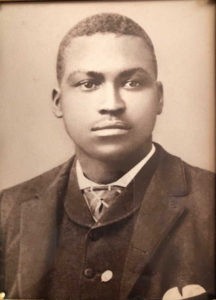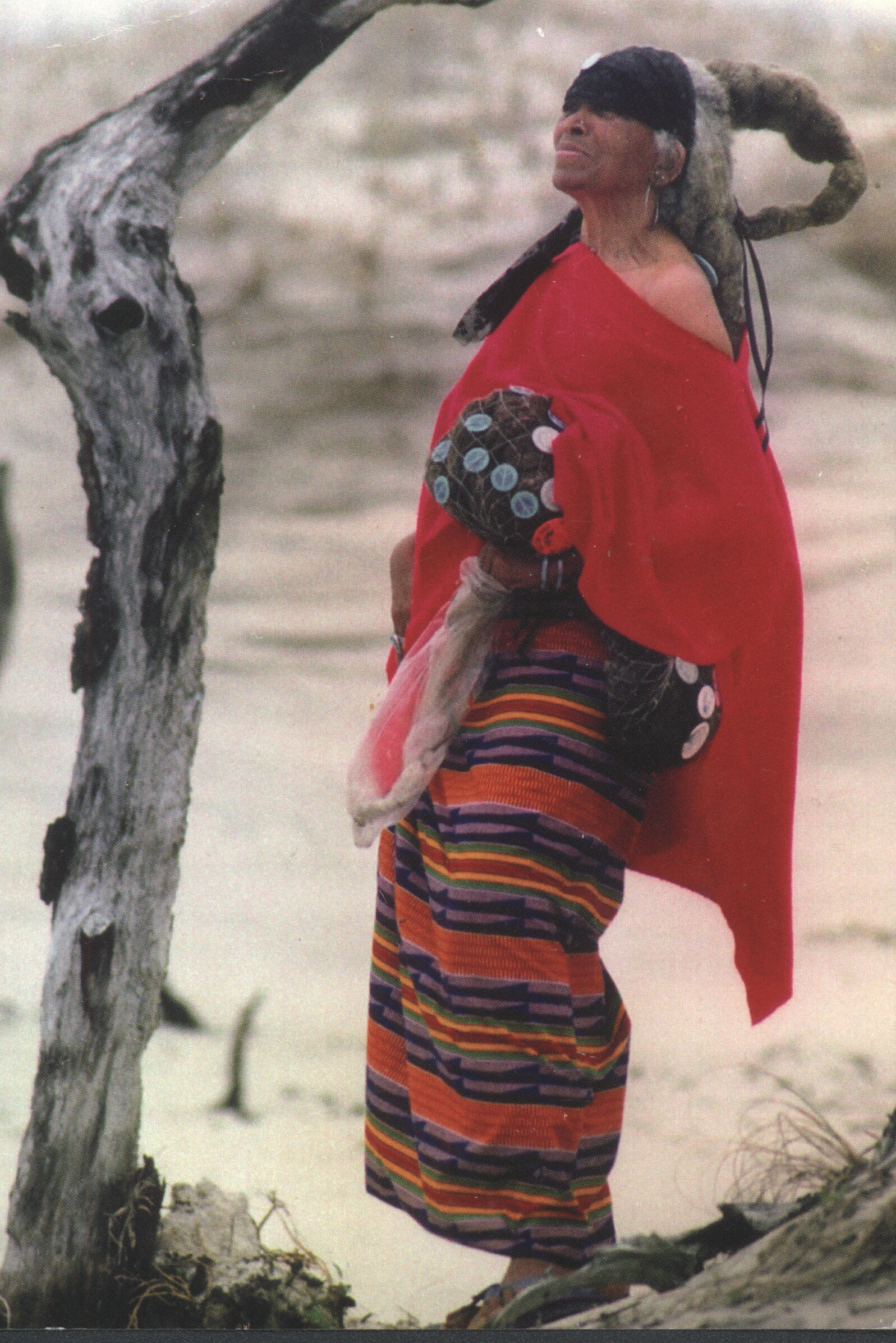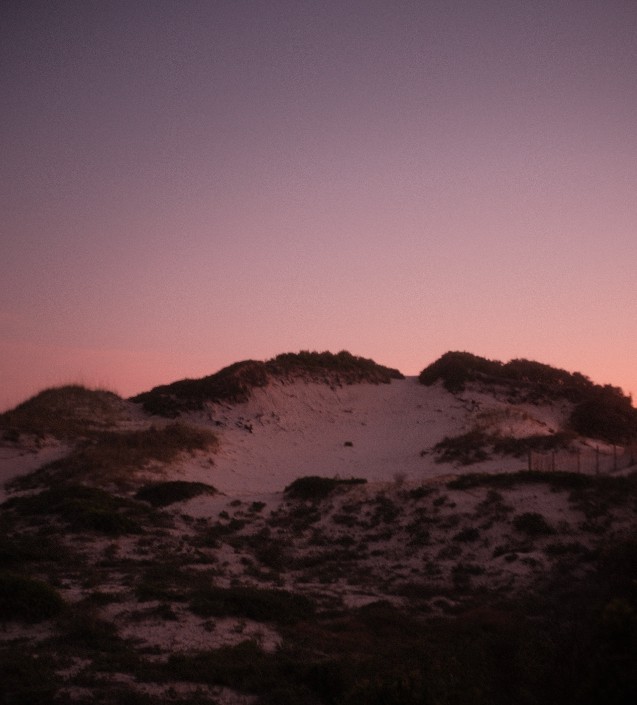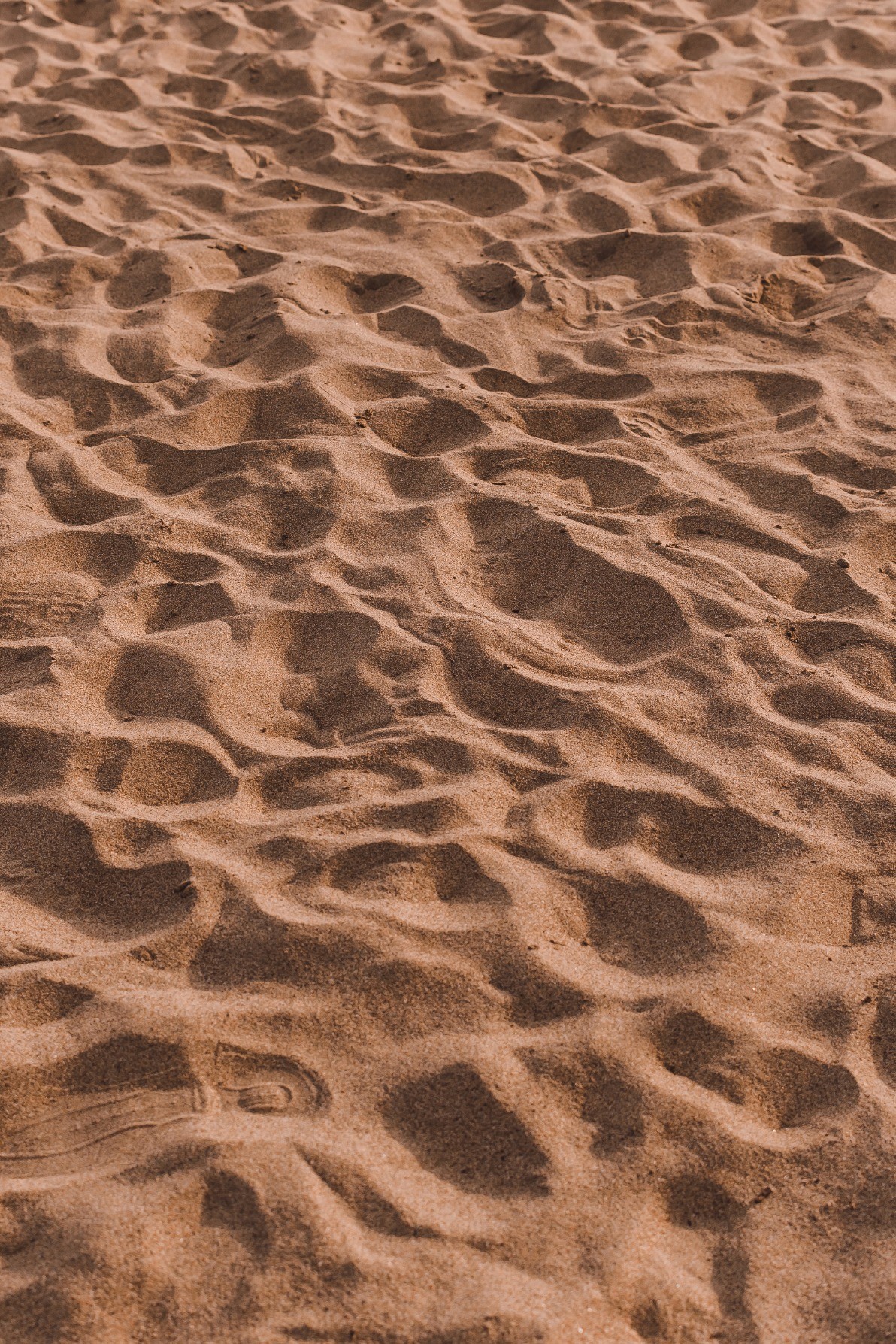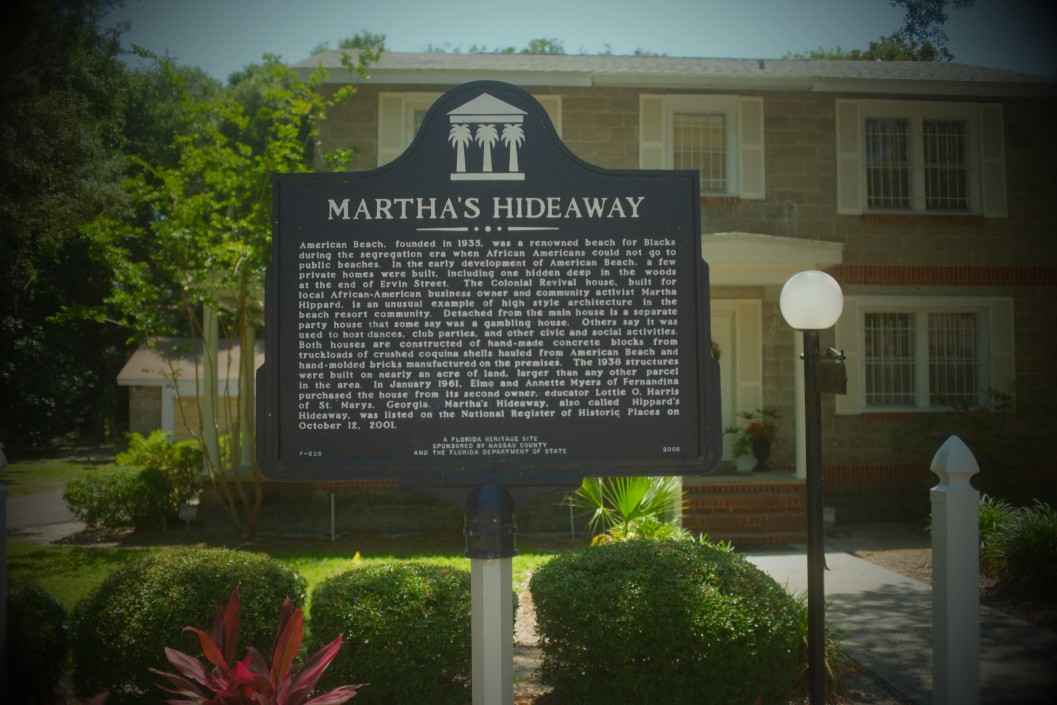Commemorating the 95th anniversary
of American Beach's founding
Preserving
A Place For Recreation
And Relaxation
without humiliation
Welcome to
the heart of American Beach



Experience the history
Hours
Friday-Saturday
10 am – 2 pm
Sunday
1 -5 pm
Contact us for Group Tours
(904) 510-7036
Request a group tour
Join the legacy
01
Become a member
Support the museum, and have fun doing it! Enjoy a year of free entry and special perks when you become a member.
Adult
$25 / one-year entry for 1 adult
Family
$50 / one-year entry for 2 adults and 2 children
Friend
$100 / one-year entry for 2 adults, 2 children and 2 complimentary
$20 / one-year entry for 1 adult, age 65 or older
02
Donate
The number five held a special significance for American Beach’s MaVynee Oshun Betsch, “The Beach Lady.” To her, five was the magic number and integral to historical dates including A. L. Lewis’s birthday in 1865, American Beach land purchases and her birth in 1935, The Voting Rights Act of 1965 and even her passing on September 5, 2005. With the Beach Lady Circle of Supporters, we pay homage to MaVynee’s vision and favorite number while supporting the museum which opened on September 5, 2014.
